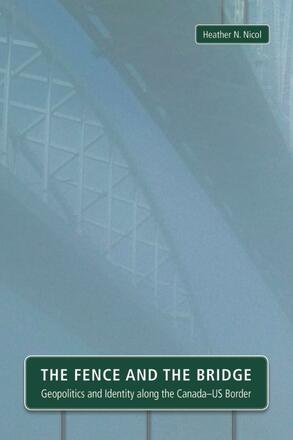
The Fence and the Bridge
Geopolitics and Identity along the Canada–US Border
Description
The Fence and the Bridge is about the development of the Canada-US border-security relationship as an outgrowth of the much lengthier Canada-US relationship. It suggests that this relationship has been both highly reflexive and hegemonic over time, and that such realities are embodied in the metaphorical images and texts that describe the Canada-US border over its history.
Nicol argues that prominent security motifs, such as themes of free trade, illegal immigration, cross-border crime, terrorism, and territorial sovereignty are not new, nor are they limited to the post-9/11 era. They have developed and evolved at different times and become part of a larger quilt, whose patches are stitched together to create a new fabric and design.
Each of the security motifs that now characterize Canada-US border perceptions and relations has a precedent in border-management strategies and border relations in earlier periods. In some cases, these have deep historical roots that date back not just years or decades but centuries. They are part of an evolving North American geopolitical logic that inscribes how borders are perceived, how they function, and what they mean.